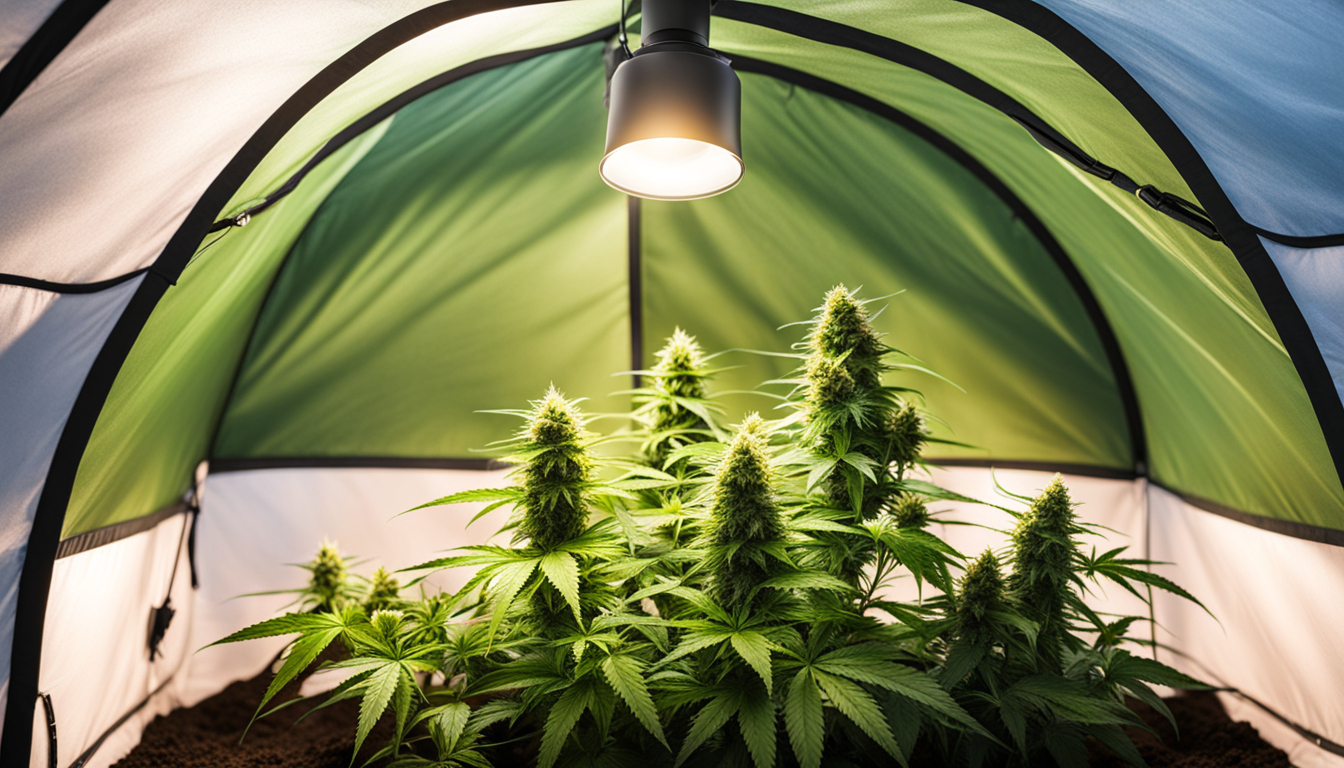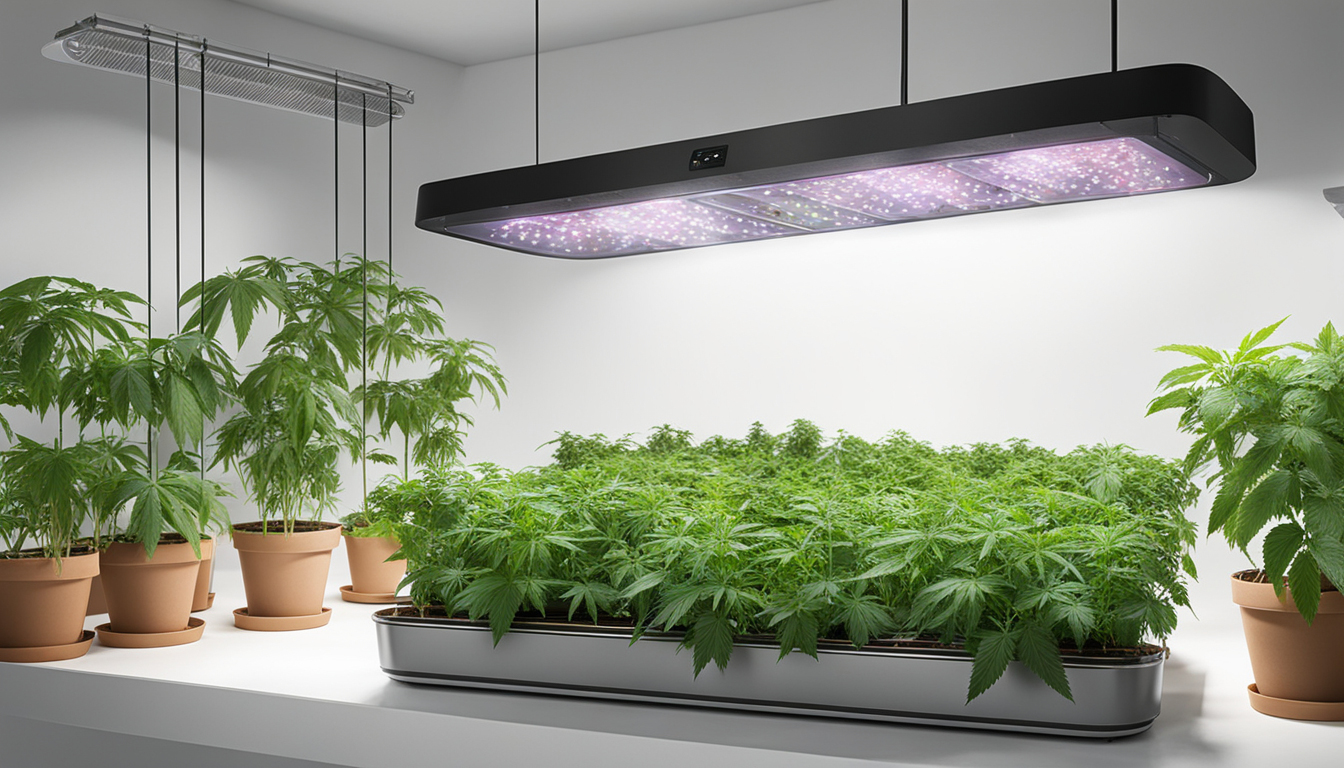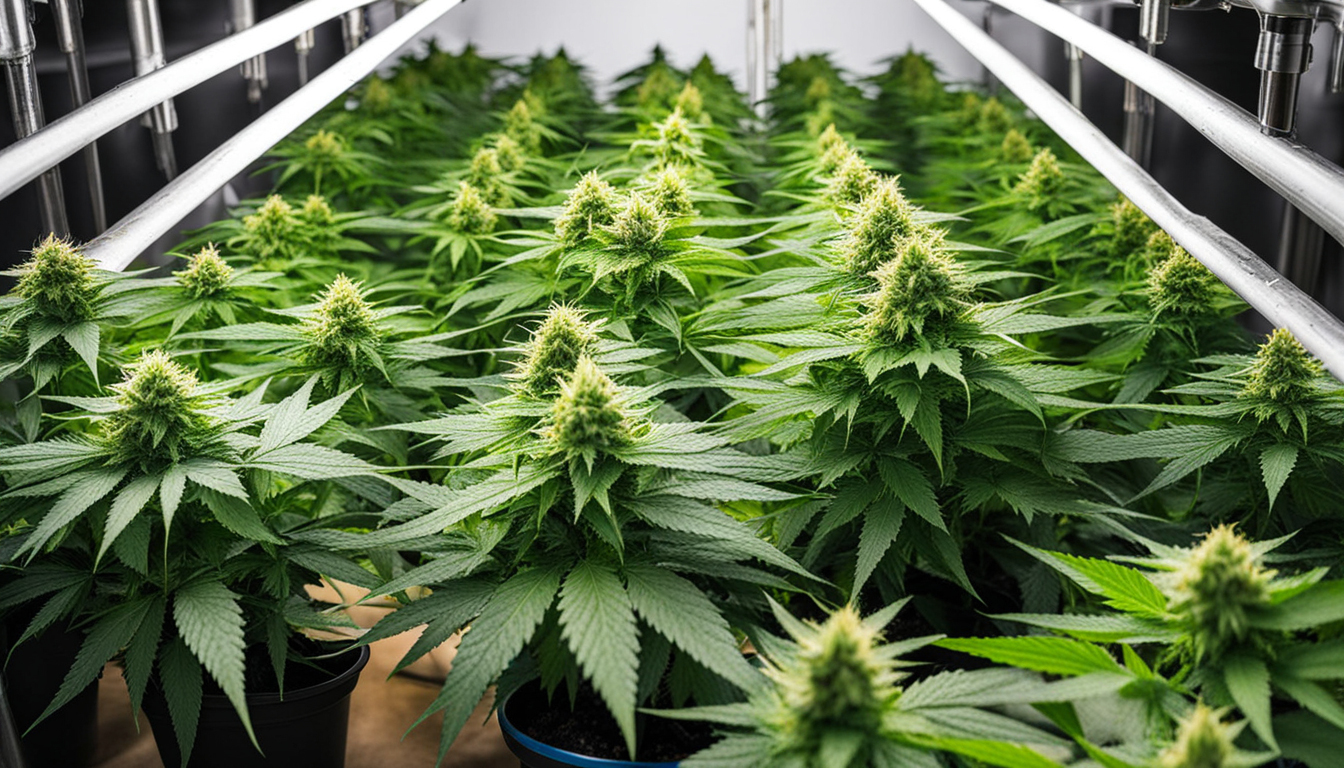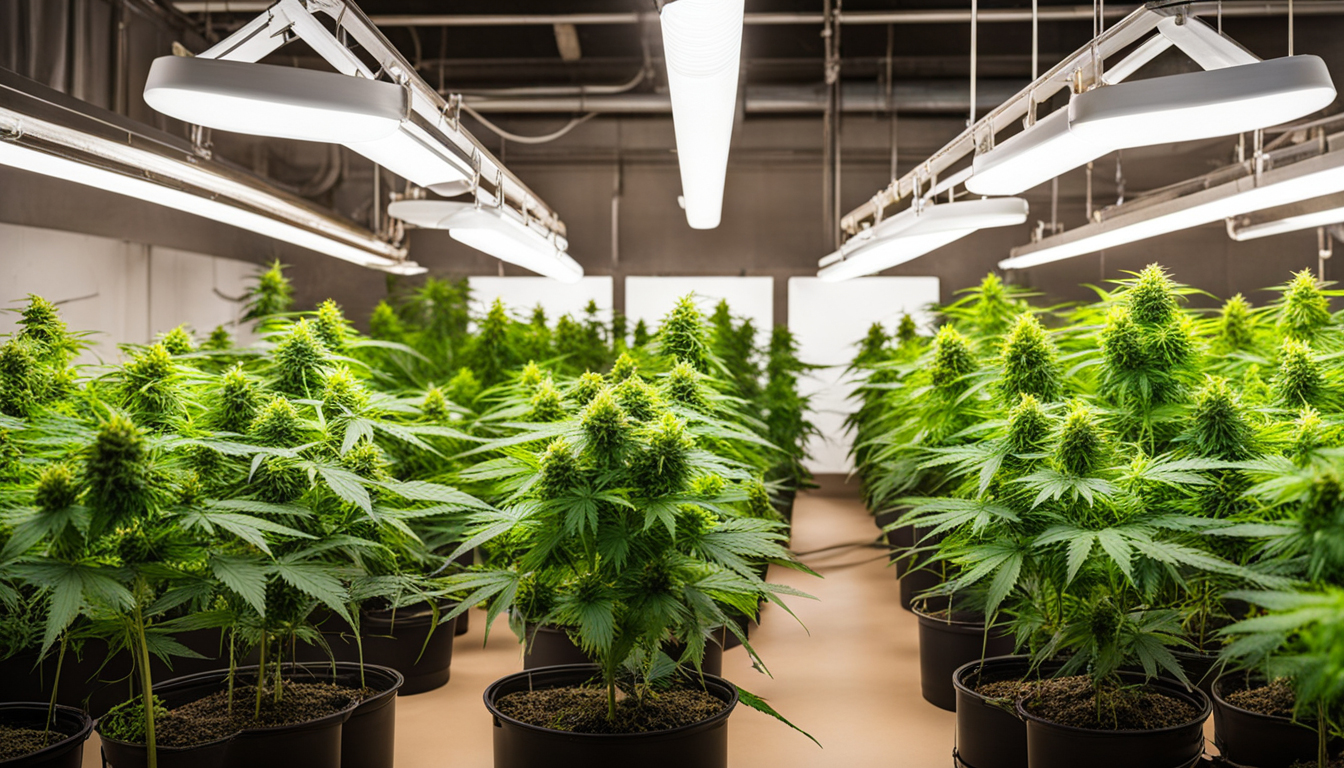
Whether you're just starting out with cannabis growing or looking to improve your existing harvest, following this complete guide will help you produce large, high-quality yields right at home. With the right gear, strategies, and care, growing marijuana indoors can be an extremely productive and cost-effective endeavor.
Choosing Weed Varieties
The first step in planning your indoor harvest is picking the right marijuana varieties to produce. The three main types of weed plants each have their own traits.
Energizing strains
Known for their energizing intellectual effects, these strains spread tall and slender with narrow leaves. They thrive in warmer tropical climates and have a longer blooming time between 10-12 weeks indoors. Top sativa strains include Jack Herer, Durban Poison, Super Lemon Haze, and Jack Herer.
Relaxing strains
Indicas provide calming body-focused effects and spread short and bushy with wide leaves. Adapted to cooler mountain climates, they flower faster within 2-2.25 months. Popular relaxing strains include Granddaddy Purple, Northern Lights, and Bubba Kush.
Mixed strains
Hybrid varieties mix traits from both energizing strains and indicas. They offer combined effects and have moderate flowering times around 2.25-2.5 months. Popular mixes are OG Kush, Girl Scout Cookies, and Blue Dream.

Setting Up Your Cultivation Space
Pot plants need the right controlled environment to succeed. Key factors for indoor cultivations are lights, airflow, layout, and finding the ideal discreet spot.
Location
Choose an empty space with quick access to water and electrical outlets. An empty extra bedroom, unused closet, corner of the basement, or grow tent locked away in a garage all make great stealthy cultivation room spots.
Lights
Marijuana requires strong light for all vegetative stages. LEDs are energy-efficient and come in full spectrum options mimicking real outdoor light. Provide 15-25 watts per square foot for the growth stage and 400-600 watts per square foot for flowering.
Ventilation
Proper airflow and exhaust systems maintain ideal temp, moisture, and fresh CO2 levels. Install low-noise 10-15 cm fans or scrubbers to circulate stale air and reduce smells.
Layout
Maximize your space by positioning plants carefully under the lights and allowing room to reach and work around them. Set up separate zones for vegetation, flowering, curing, and cloning.

Cultivation Mediums
Pot can be grown in various mediums, each with benefits and cons. Pick a proper option for your particular setup and cultivation style.
Soil
The classic substrate, soil is cheap and simple for beginners. It provides excellent flavor but needs more watering and fertilizing to feed plants. Enrich soil with perlite or coir to improve aeration.
Coconut coir
Made from coconut husks, renewable coco coir holds water but still allows air to the roots. It's cleaner and more consistent than soil. Use coco-specific fertilizers to prevent calcium buildup.
Water systems
In grow cannabis hydro systems, plant roots grow right in nutrient irrigation solution. This allows quick development but needs close observation of solution chemistry. DWC and drip systems are common methods.
Germinating Seeds
Germination prepares your weed seeds to start growing taproots. This readies them for transplanting into their growing medium.
Paper Towel Method
Put seeds between moist paper towel and keep them moist. Inspect after 2-7 days for emerging radicles showing germination is complete.
Planting directly
Insert seeds directly into pre-moistened cultivation medium 6mm deep. Gently water and wait 1-2 weeks until seedlings break through the top.
Rockwool Cubes
Presoak cubic rockwool starters in balanced water. Insert seeds 6mm deep into the Send a Message cubes. Keep cubes moist until seedlings appear within a week to 2 weeks.
Transplanting Young plants
Once germinated, cannabis seedlings need to be repotted to avoid overcrowding. Move them into proper sized pots.
Preparing Containers
Fill final containers with cultivation medium enriched with slow-release nutrients. Let pots to absorb water overnight before repotting.
Gently repotting
Carefully separate seedling roots from sprouting medium using a spade. Place into prepared container at same depth as before and gently water in.
Growth Stage
The growth stage encourages leafy growth and plant structure through 18-24 hours of continual lighting intensity. This stage usually lasts 1-2 months.
Providing 18-24 Hours of Lighting
Use lamps on a 24 daily cycle or natural sunlight to trigger constant photosynthesis. Lamp output influences height and node distance.
Nutrients
Use grow stage fertilizers higher in nitrogen. Make sure pH stays around 6.5 for full fertilizer uptake. Fertilize 25-50% concentration after 14 days and strengthen gradually.
Training Techniques
Topping, LST, and trellising direct shoot shapes for flat foliage. This boosts yields.

Bloom Stage
The blooming stage grows buds as plants show their sex under a 12/12 light timing. It lasts 2-3 months based on strain.
Changing Light Schedule
Switch lamps to 12/12 or place outside for outdoor 12 hour cycle. This signals plants to start blooming.
Flushing
Flushing removes fertilizer residuals to enhance taste. Fertilize lightly the first period then just use pH'd water the final 2 weeks.
Flushing
Continue 12 hour photoperiod but leach Click Here using pH-balanced water only. Resume clean watering if buds aren't yet mature after two weeks.
Harvesting
Recognizing when marijuana is fully ripe ensures maximum cannabinoid content and aroma. Cut down plants at optimal maturity.
Signs of readiness
Check swollen calyxes, faded pistils, and 10-15% cloudy trichs. Inspect buds across the plant as they don't all mature evenly.
Harvesting plants
Use clean, sharp pruning shears to gently slice each plant at the base. Leave 5-10cm of stalk attached.
Drying
Suspend whole plants or branches inverted in a lightless room with average temp and humidity around 45-65% for 7-14 days.
Curing
Aging continues desiccating while improving the buds like fine wine. This technique mellows harshness and intensifies terpene and terpene profiles.
Curing containers
Trim cured buds from branches and place into sealed containers, filling about 75% capacity. Use a sensor to measure container humidity.
Opening jars daily
Open jars for a short time daily to slowly reduce humidity. Rehydrate buds if RH drops below 55%.
Long term storage
After 2-3 weeks when moisture stabilizes around 55-65%, do a final manicure and store forever in sealed jars.
Common Problems and Solutions
Even seasoned growers run into different cannabis plant problems. Detect issues soon and address them correctly to maintain a healthy garden.
Poor feeding
Yellowing leaves often indicate inadequate nitrogen. Purpling stems and leaves signal phosphorus deficiency. Test pH and increase fertilizers gradually.
Bugs
Spider mites, fungus gnats, mites, and nematodes are common pot pests. Use neem oil sprays, ladybugs, and yellow traps for natural control.
Powdery mildew
High moisture encourages botrytis and bud rot. Increase airflow and venting while lowering humidity under 50% during flowering.

Conclusion
With this complete indoor weed growing guide, you now have the knowledge to grow bountiful strong buds for personal harvests. Apply these techniques and techniques throughout the germination, growth, and bloom stages. Invest in quality gear and closely check on your plants. In time, you'll be rewarded with frosty fragrant buds you raised yourself under the patient guidance of your green thumbs. Happy growing